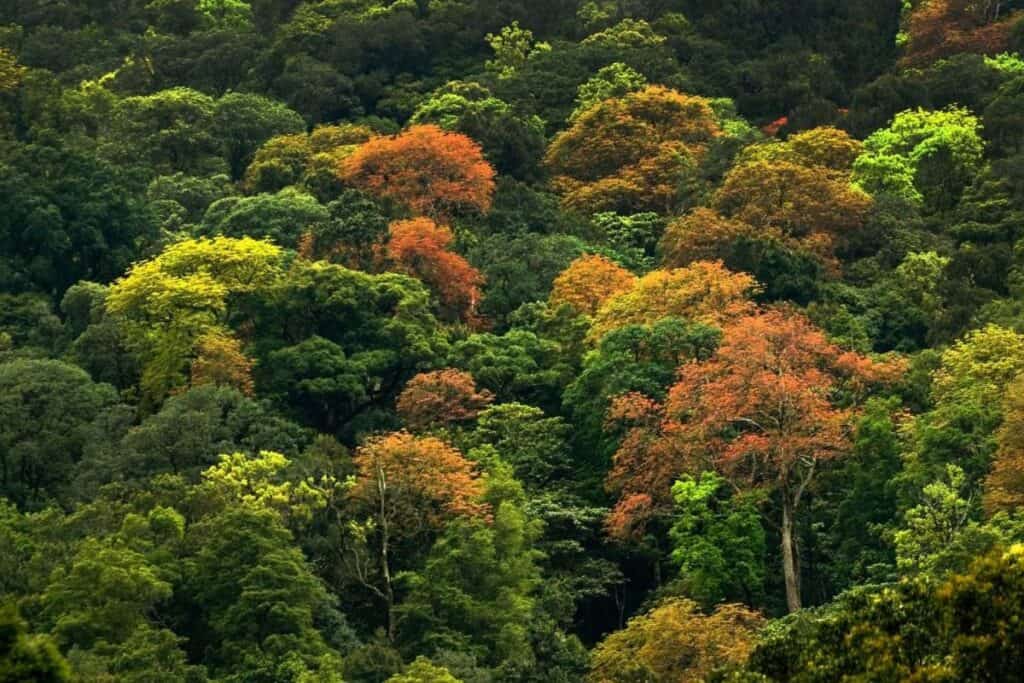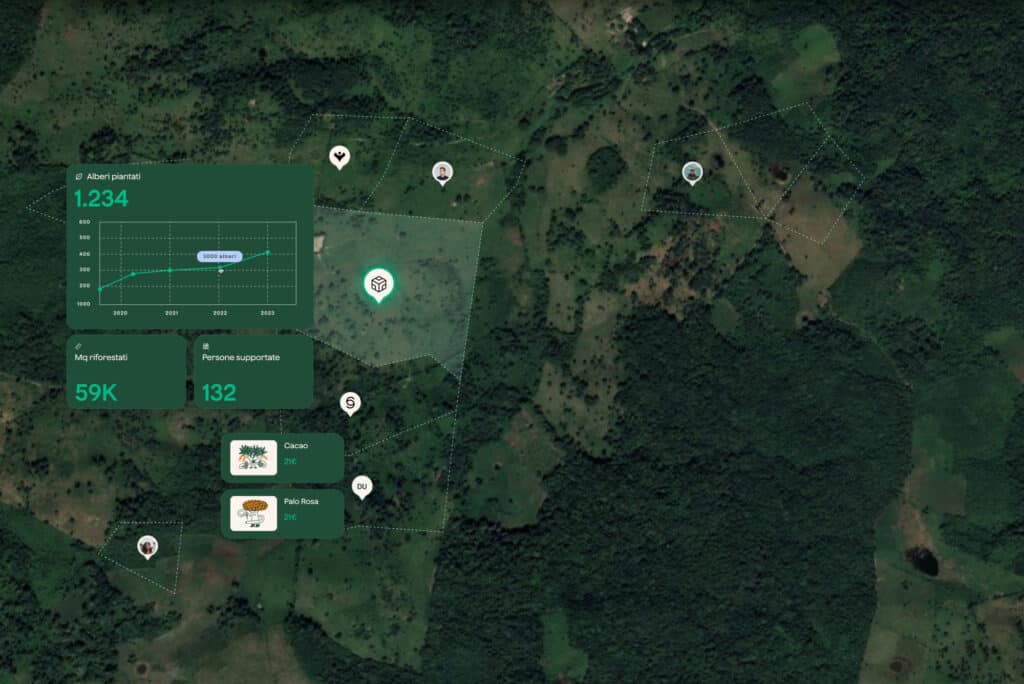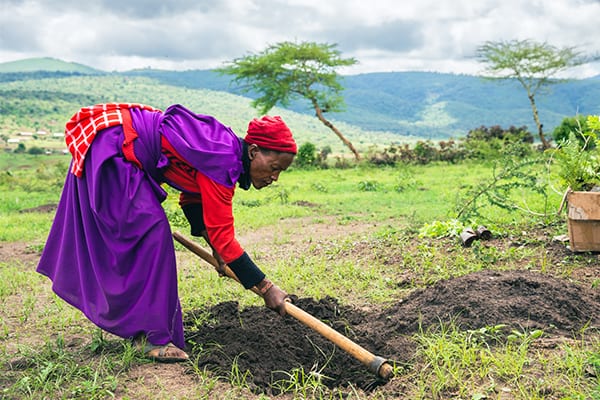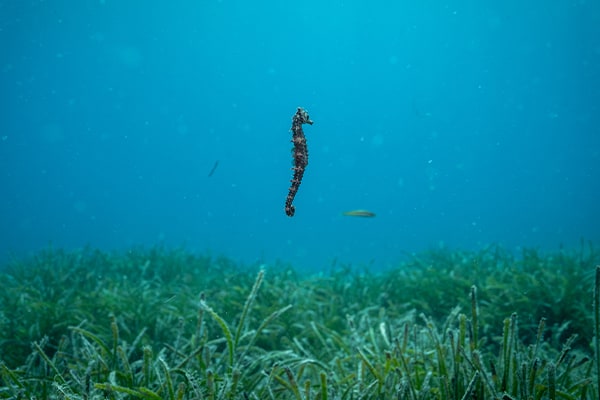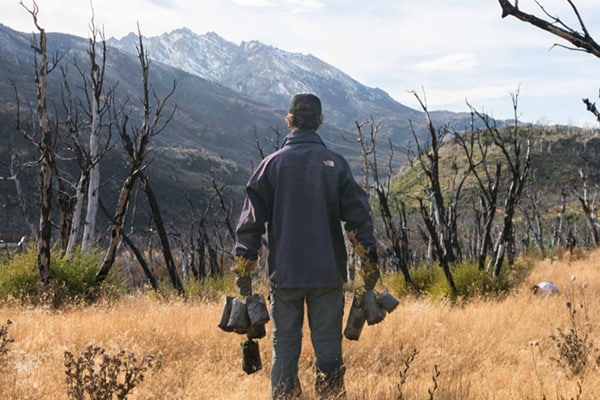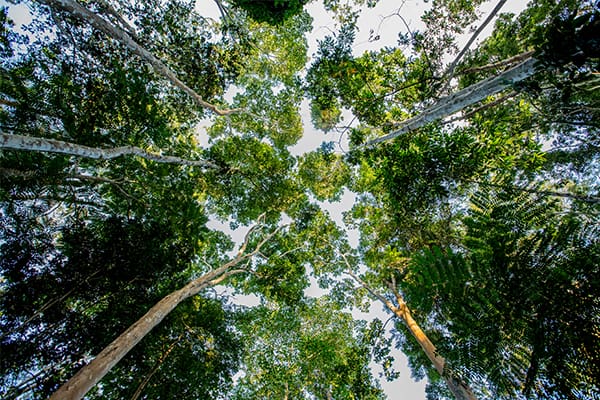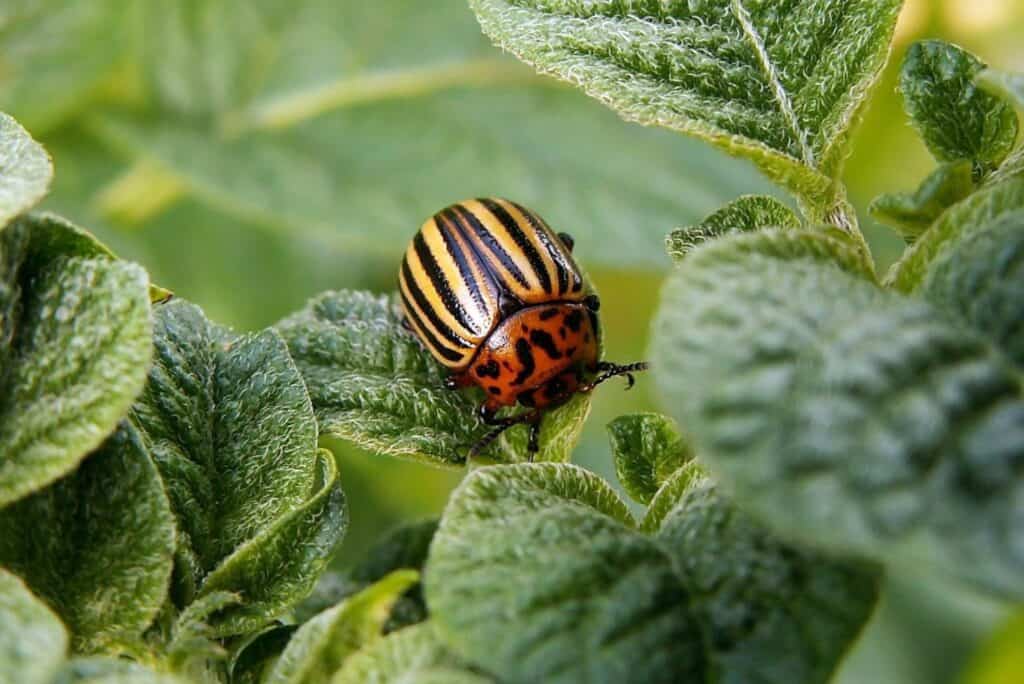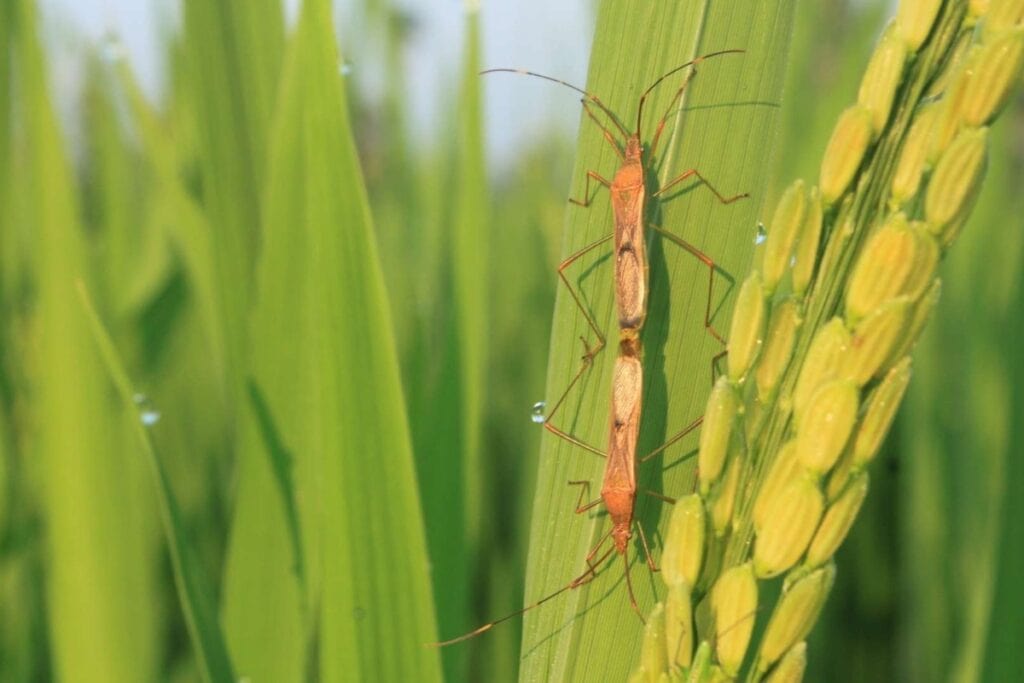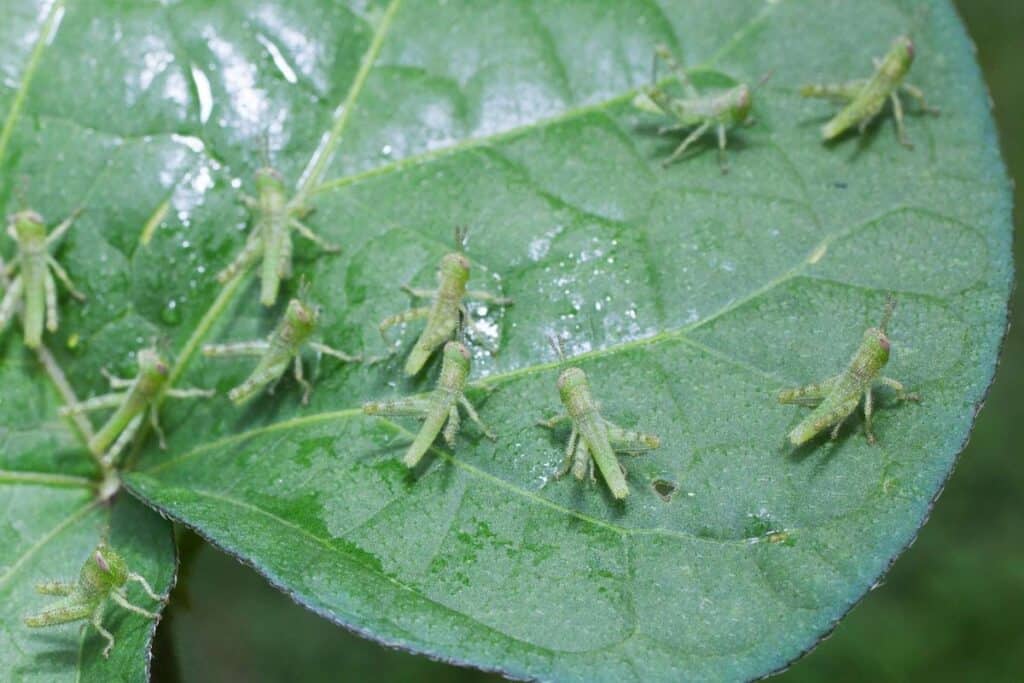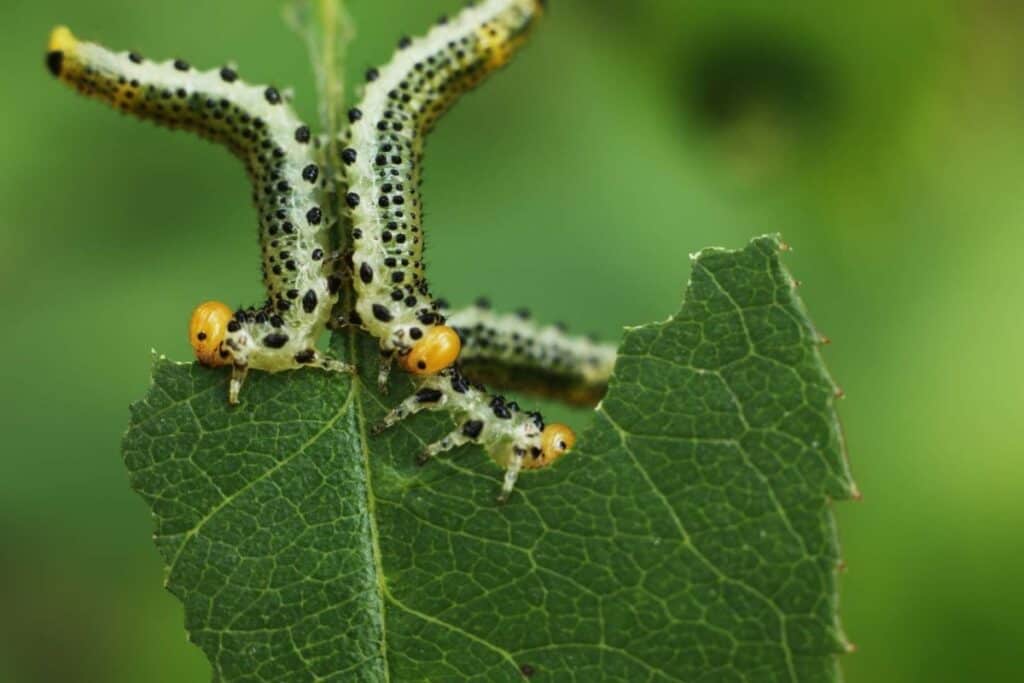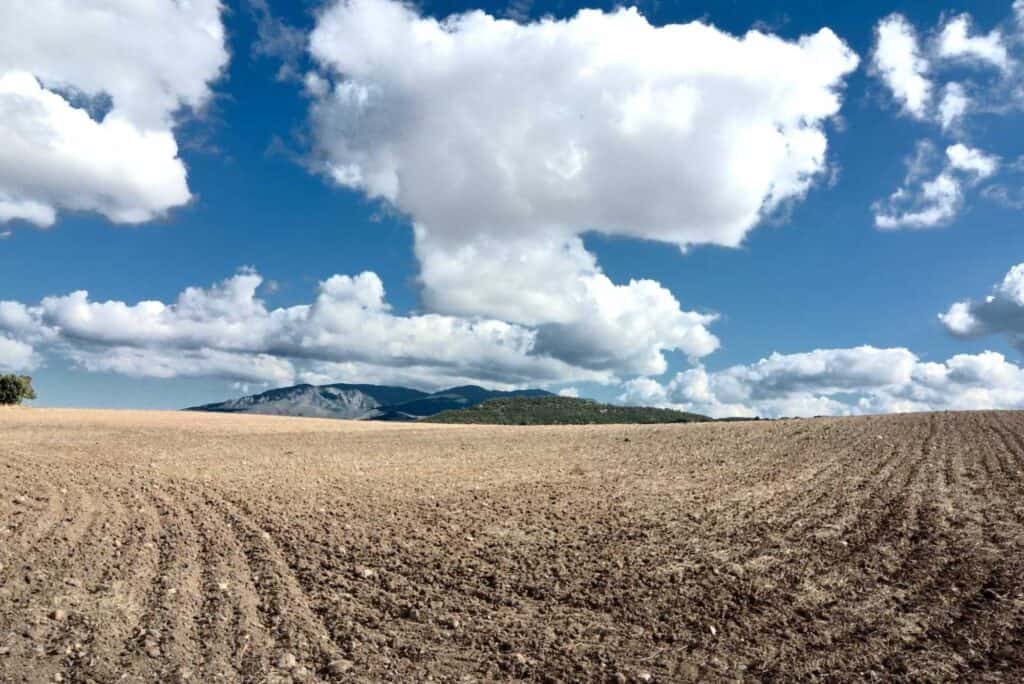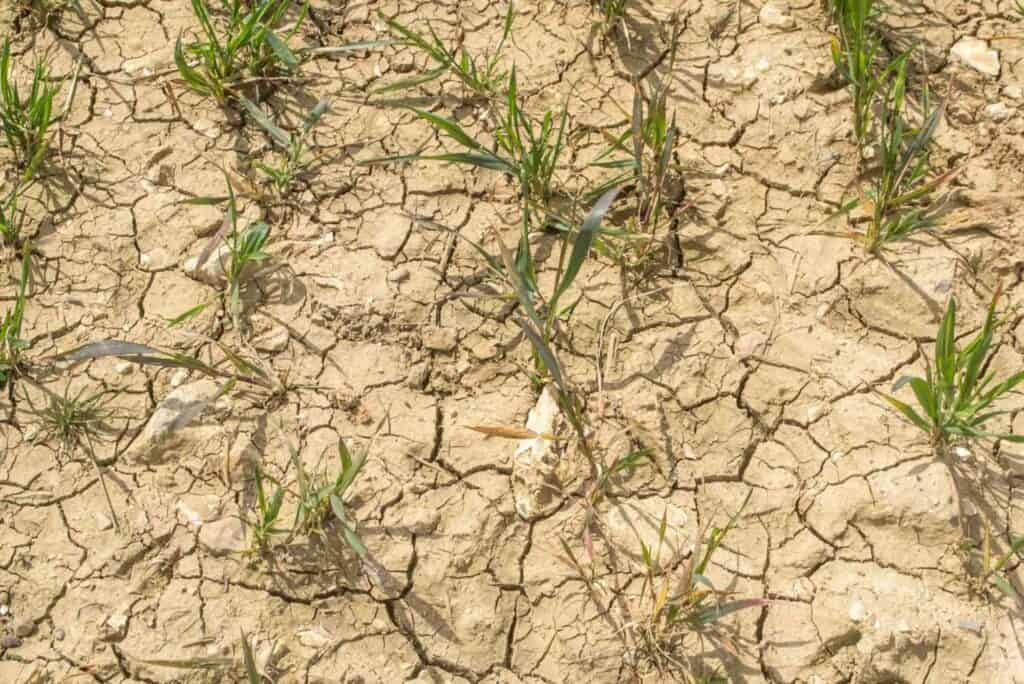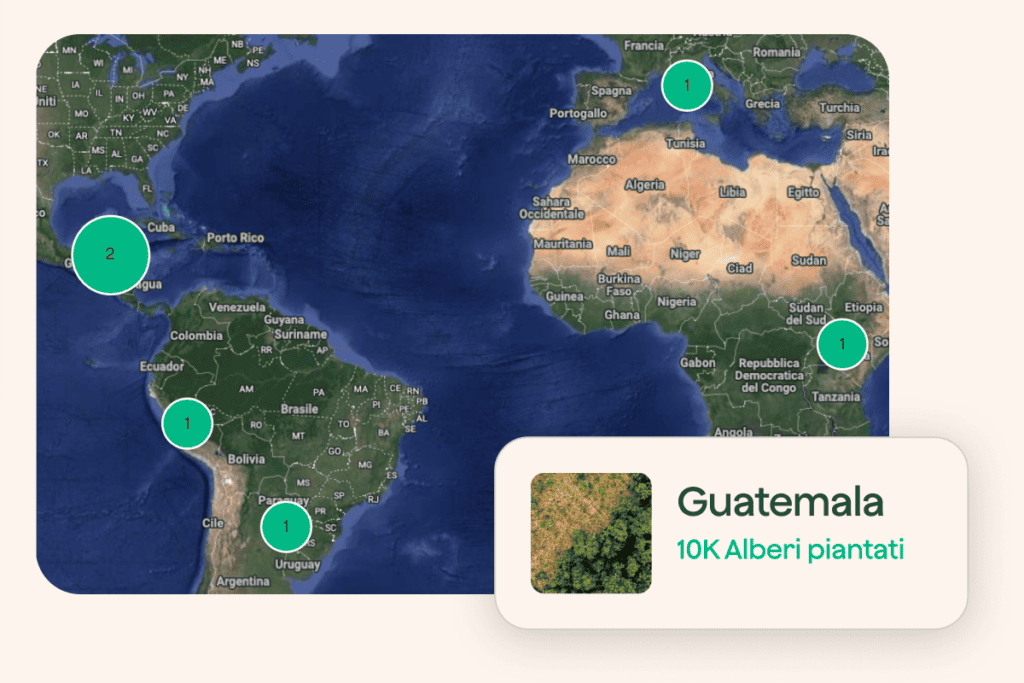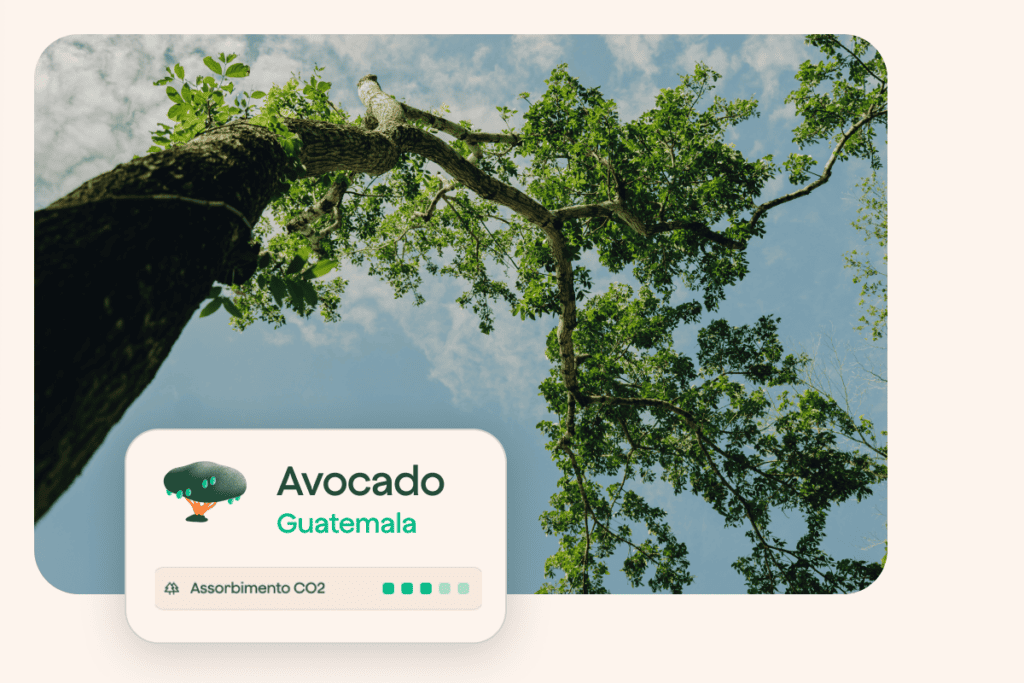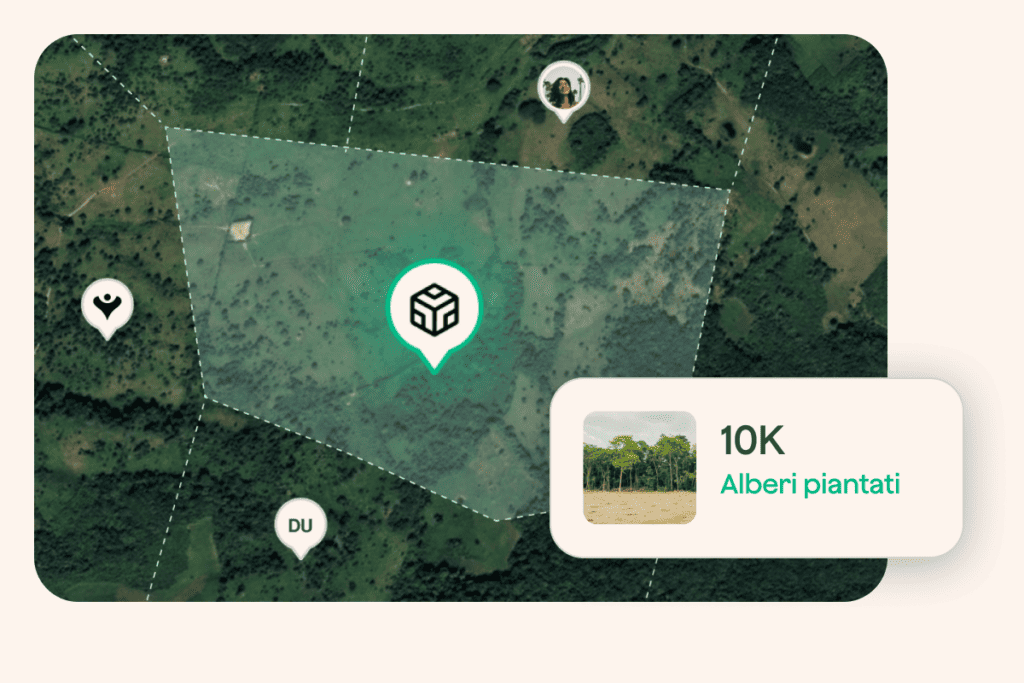The silent invasions
The global increase in temperatures, the reduction in rainfall and the loss of habitat contribute to changing the structure of ecosystems, which tend to no longer be specific to certain animal or plant species, but also adaptable to many others.
In this way, some specimens, which are transported by man voluntarily or accidentally outside their area of origin, can colonize vast new territories. Fortunately, not all alien species are invasive: only those who, in the new introduction area, find the perfect environmental conditions for reproduction become invasive.
Some of the alien species that successfully settle in new areas spread so rapidly that they cause serious damage to native ones and to native ecosystems, due to their strong competitiveness. In some cases, this leads to the complete extinction of native specimens
